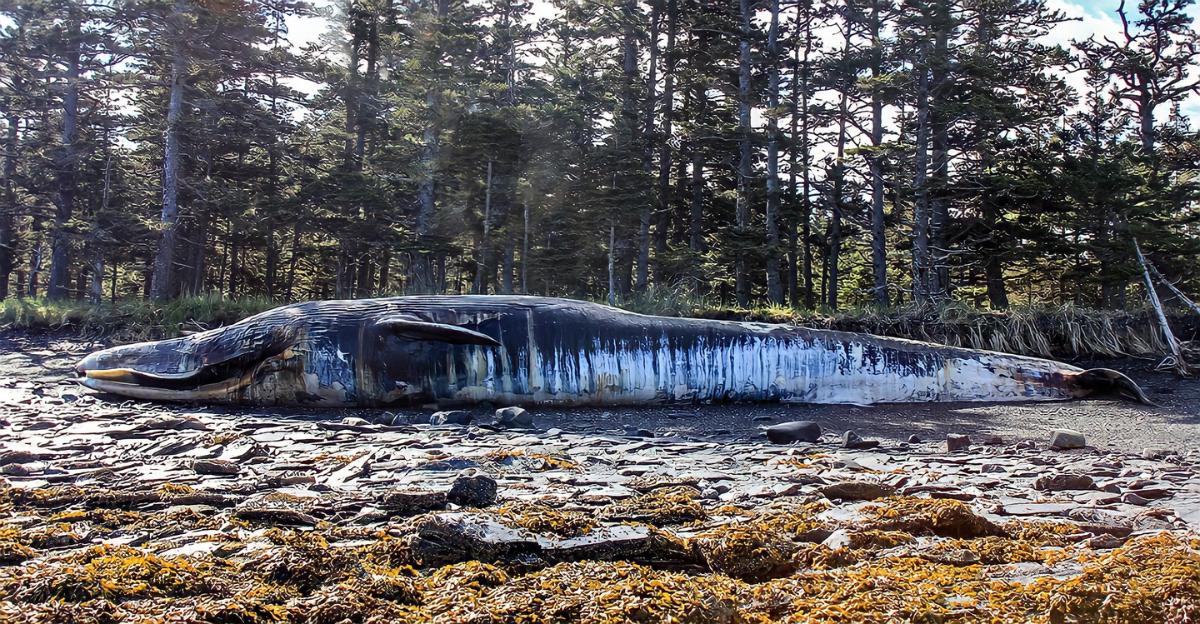
Marine monitoring stations recorded troubling readings throughout summer 2025, and researchers quietly compared the data to previous catastrophic events. Scientists are tracking mysterious temperature spikes across thousands of Pacific miles, but the full scope remains hidden beneath the surface. CNN reports that ocean temperature databases show concerning patterns matching historical precursors to ecosystem collapse.
Current Pacific Conditions Dwarf Previous Marine Emergencies in Scale
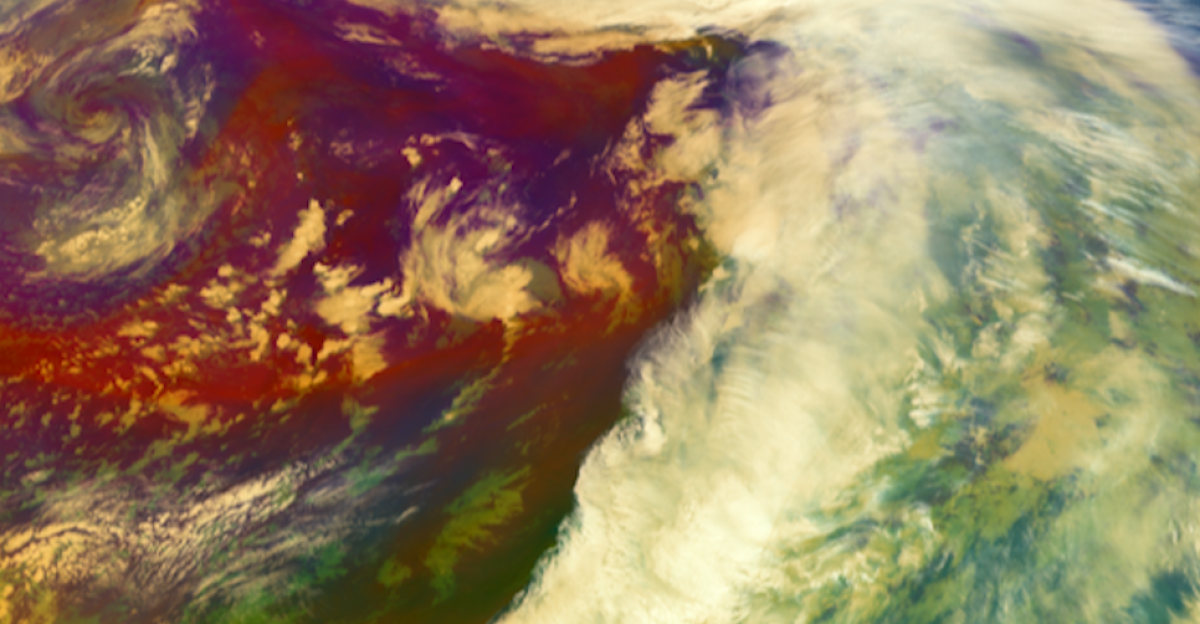
The affected area spans approximately 5,000 miles from Japan to California, making it visible on global weather forecasts. Current Pacific conditions now dwarf previous marine emergencies in both scale and intensity. The Cool Down notes that this marine anomaly encompasses the entire North Pacific Ocean Basin, creating potential for large-scale weather pattern modifications if it persists.
Marine Heat Waves Have Repeatedly Struck Since 2013’s Devastating Episode
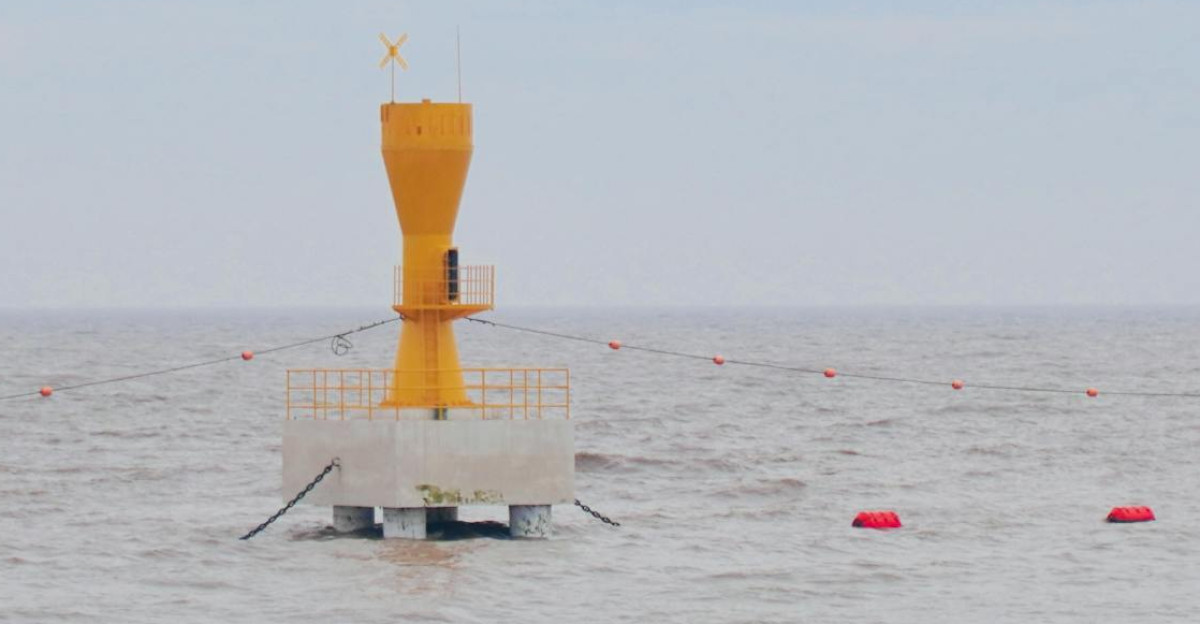
The term “blob” describes how warm water regions appear on maps showing sea surface temperature deviations. Marine heat waves have plagued the North Pacific repeatedly since 2013, following what researchers call the most intense episode on record. Previous Northeast Pacific ocean blobs resulted in significant die-offs of seabirds along Alaska’s coast and severely impacted local fish species.
Six Straight Years of Large Marine Heat Waves Signal Dangerous Pattern
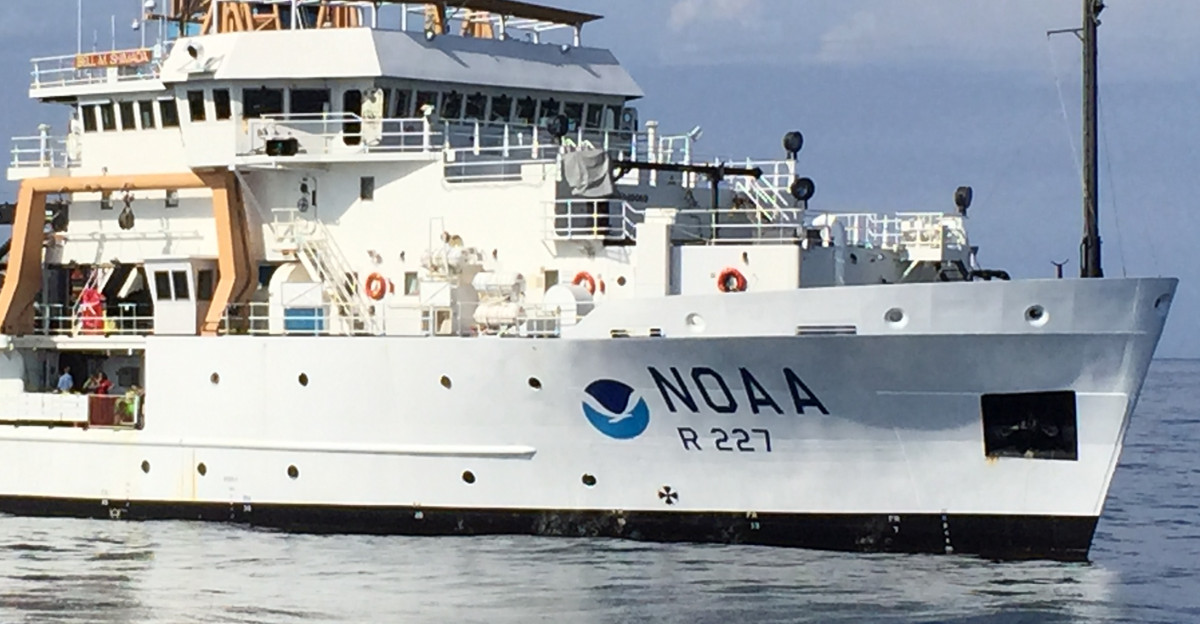
Large marine heat waves have hit each of the last six years, typically starting during spring in offshore regions. The current pattern matches what researchers have observed recently: warming during late spring within the Gulf of Alaska and the central region, followed by expansion toward shore. NOAA data suggests persistent wind conditions linked to stagnant weather systems drive these temperature spikes.
NOAA Records Historic 68-Degree Reading in North Pacific Waters

The National Oceanic and Atmospheric Administration recorded a sea surface temperature of 68 degrees Fahrenheit in the North Pacific during August 2025. Berkeley Earth confirms this marks the warmest temperature on record, spanning from north of Hawaii to the California and Alaska coasts. The first time these waters reached 19 degrees Celsius was 11 years ago, with temperature records dating back to 1854.
Heat Wave Affects Marine Ecosystems from California to Alaska
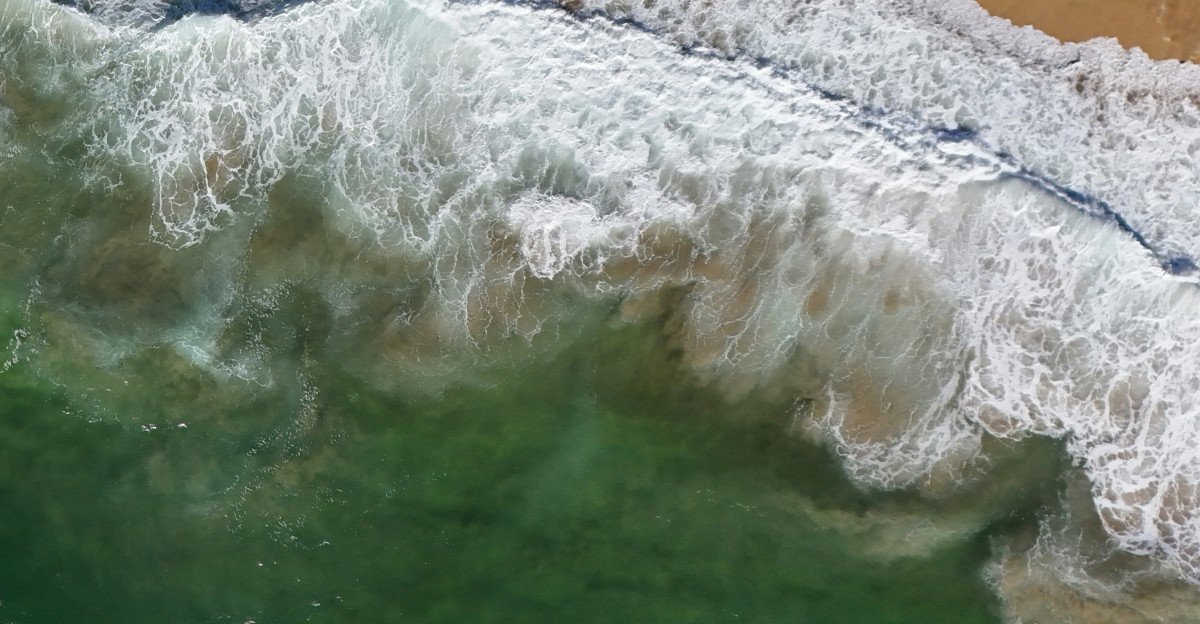
NOAA tracking data shows that the northeastern Pacific heat wave affects marine ecosystems across 8 million square kilometers. This heat wave forms part of increasingly common marine warming patterns from the Gulf of Alaska to the California coastline. The current development follows typical patterns: warming within the Gulf of Alaska and the central region, then expanding and moving toward coastal areas.
Wildlife Biologist Reports Multiple Marine Die-Offs This Summer
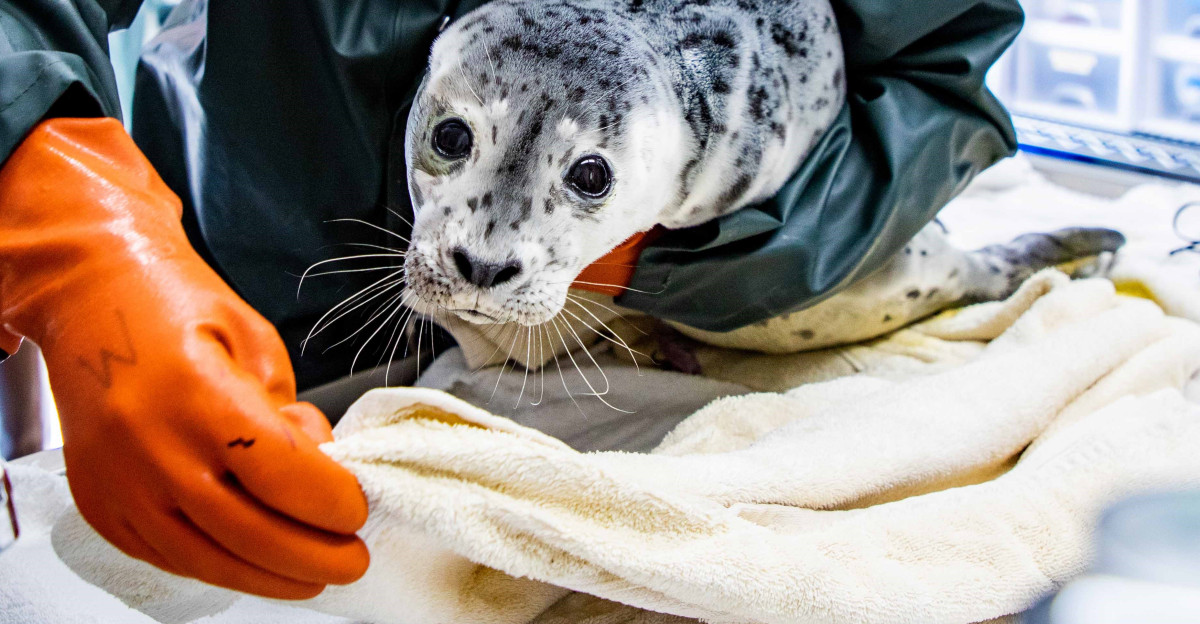
“This summer has seen several die-offs of marine mammals, seabirds, and forage fish in Alaskan waters,” wildlife biologist Heather Renner told CNN. While these incidents have been more minor than in 2015-2016, they’ve affected diverse species. Renner notes that prolonged blob events typically cause greater wildlife impacts, and common murres still haven’t recovered from the previous marine heat wave.
Warming Waters Disrupt Ocean Mixing and Slow Critical Currents
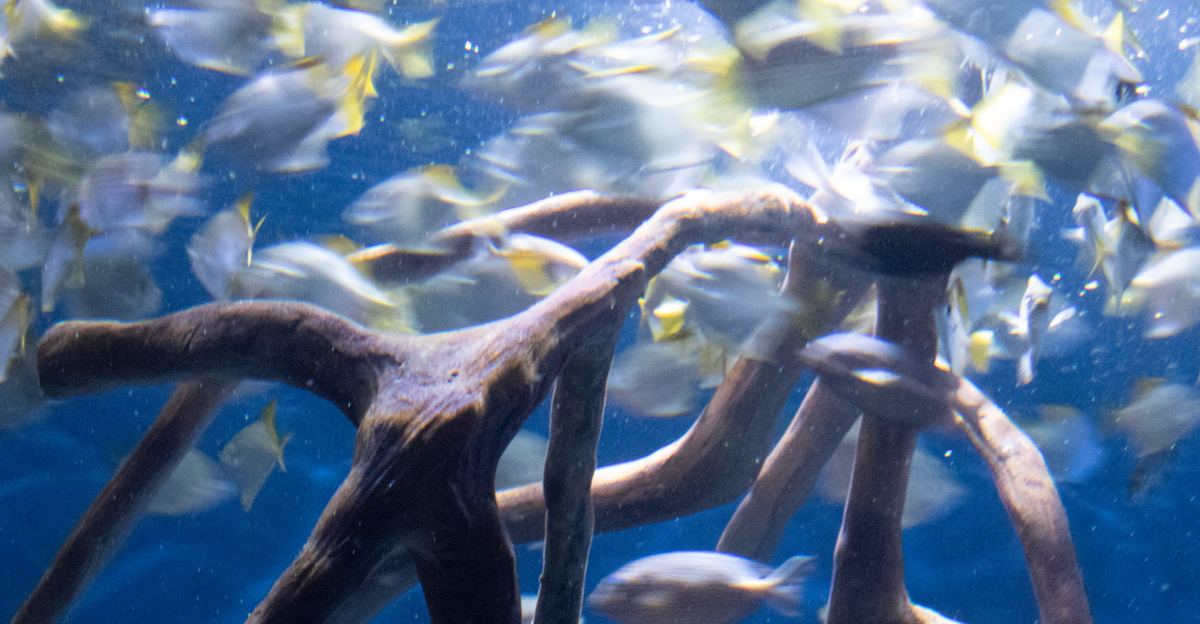
With the blob’s temperatures rising, water becomes less efficient at mixing, and ocean currents slow down significantly. This means nutrients can’t spread easily, and there’s less oxygen for marine life, which is critical for food chain survival. Research indicates that the reduced abundance and nutritional quality of forage fish create cascading problems for predators throughout the ecosystem.
Pacific Decadal Oscillation Plays Key Role in Extended Heat Waves

Scientific studies suggest the Pacific Decadal Oscillation drives marine heat waves in the Northeast Pacific during recent decades. Nature journal research shows warmer coastal temperatures occur during the positive phase due to reduced cold upwelling and increased surface heat. Model results indicate the positive Pacific Decadal Oscillation extends marine heat wave duration by up to 43 percent.
Scientists Warn Current Blob Could Create Brutal Winter Conditions
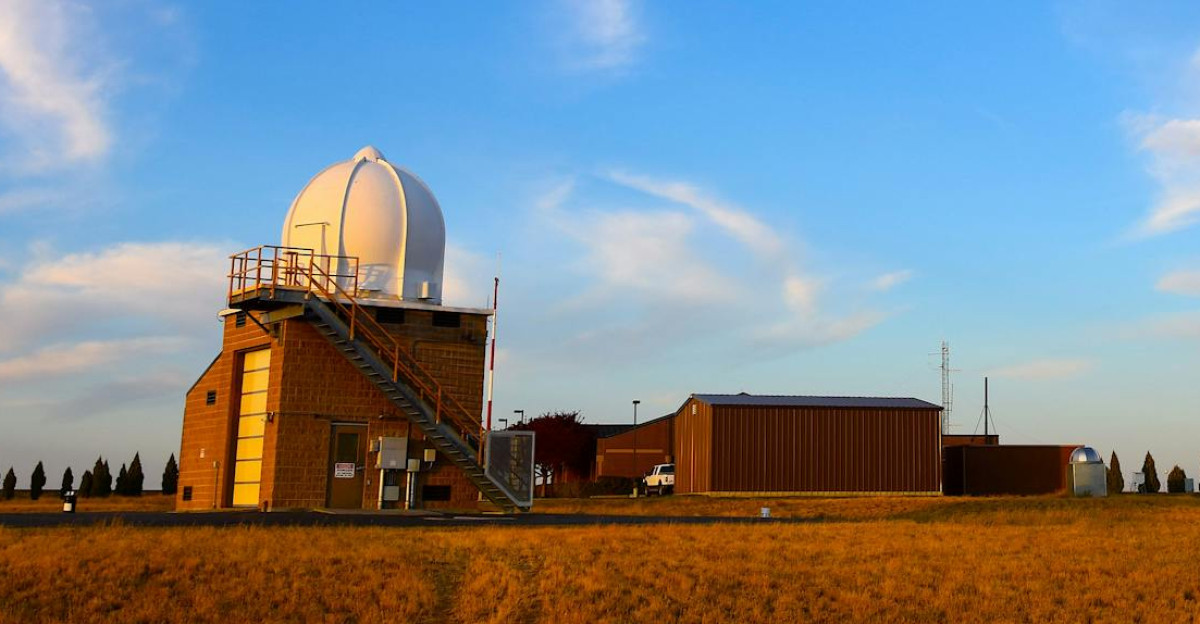
Scientists warn that this warm blob anomaly could make winter brutal, spanning regions with profound implications for weather patterns. The Cool Down reports the blob’s influence extends inland to affect West Coast weather, as air passing over warmer water picks up heat. This may worsen current drought conditions along the West Coast while potentially changing winter storm paths completely.
NOAA Oceanographer Ranks This as Fourth-Largest Northeast Pacific Blob

NOAA oceanographer Andrew Leising tells CNN the present event ranks as the fourth-largest Northeast Pacific blob on record. Art Miller from Scripps Institution of Oceanography believes the current situation will likely be short-lived since it’s primarily surface-based. However, if atmospheric conditions shift gradually, Miller warns the warming could persist much longer than initially expected.
Federal Agencies Ramp Up Monitoring of Unprecedented Heat Wave
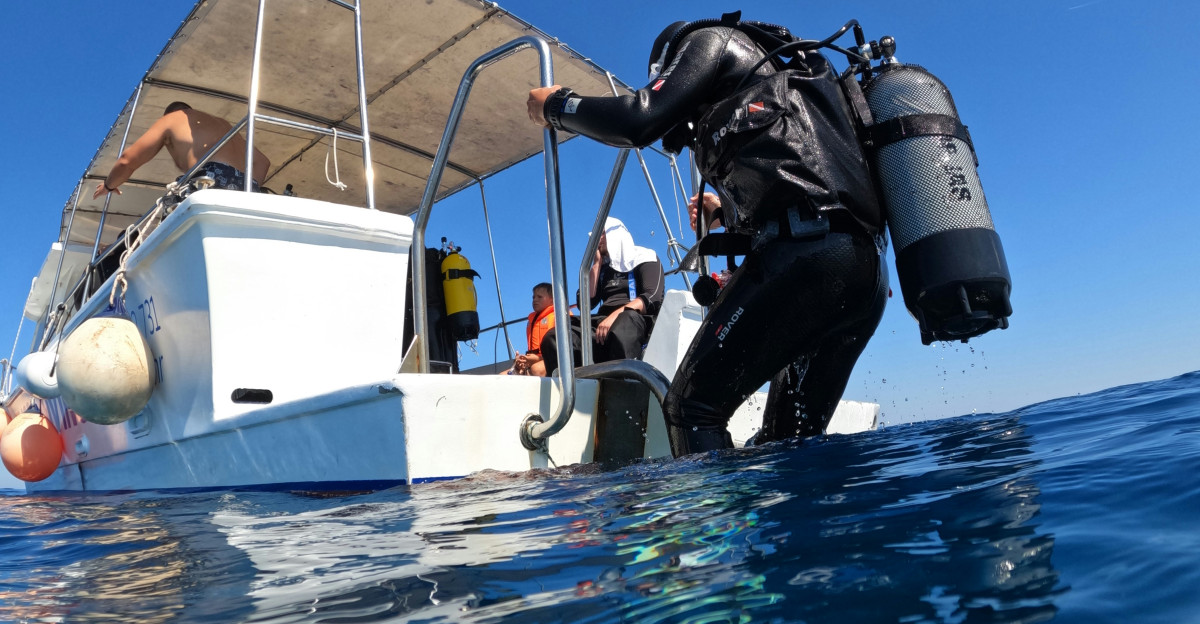
NOAA Fisheries is monitoring the new heat wave more closely, with science centers providing fisheries managers with crucial information. Real-time research on environmental changes gives managers the details needed to respond effectively to rapidly changing conditions. The California Current Integrated Ecosystem Assessment provides a framework to track and interpret environmental changes off the West Coast.
Fishing Industry Forms Working Groups to Reduce Marine Mammal Entanglements
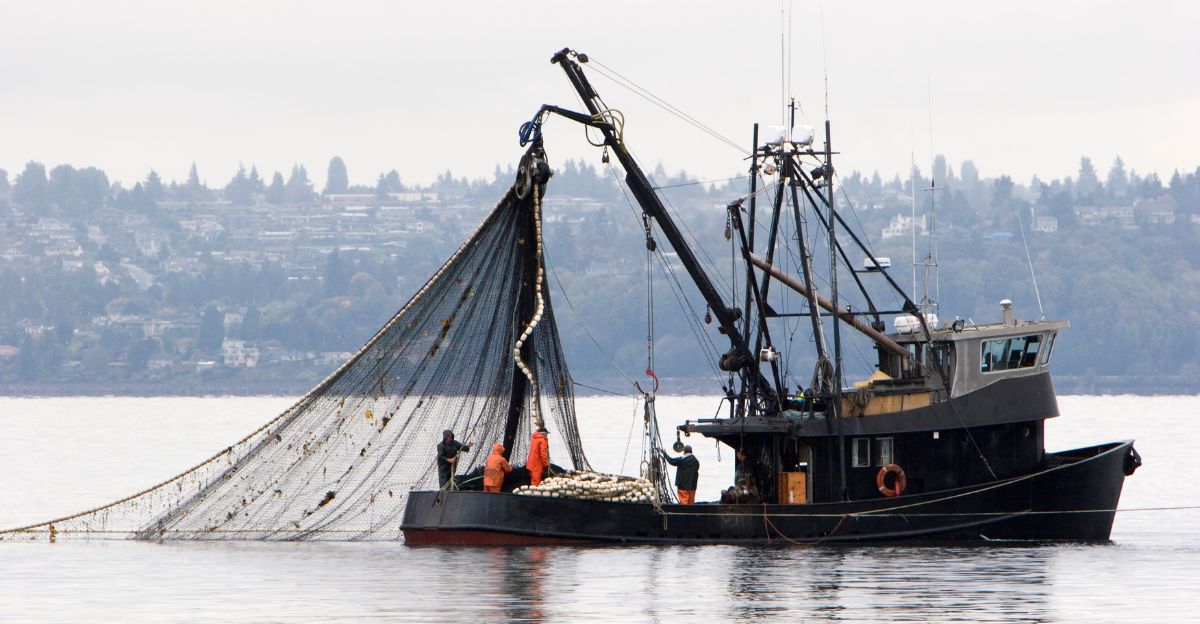
Fishermen, managers, and others have formed working groups in California, Oregon, and Washington to reduce marine mammal entanglement risks. NOAA Fisheries reports that previous warm water led humpback and other whales to feed closer to shore. Record numbers became entangled in lines from crab traps and other fishing gear, prompting these collaborative prevention efforts.
Oceanographer Predicts Fall Storms Could Disrupt Surface Warmth
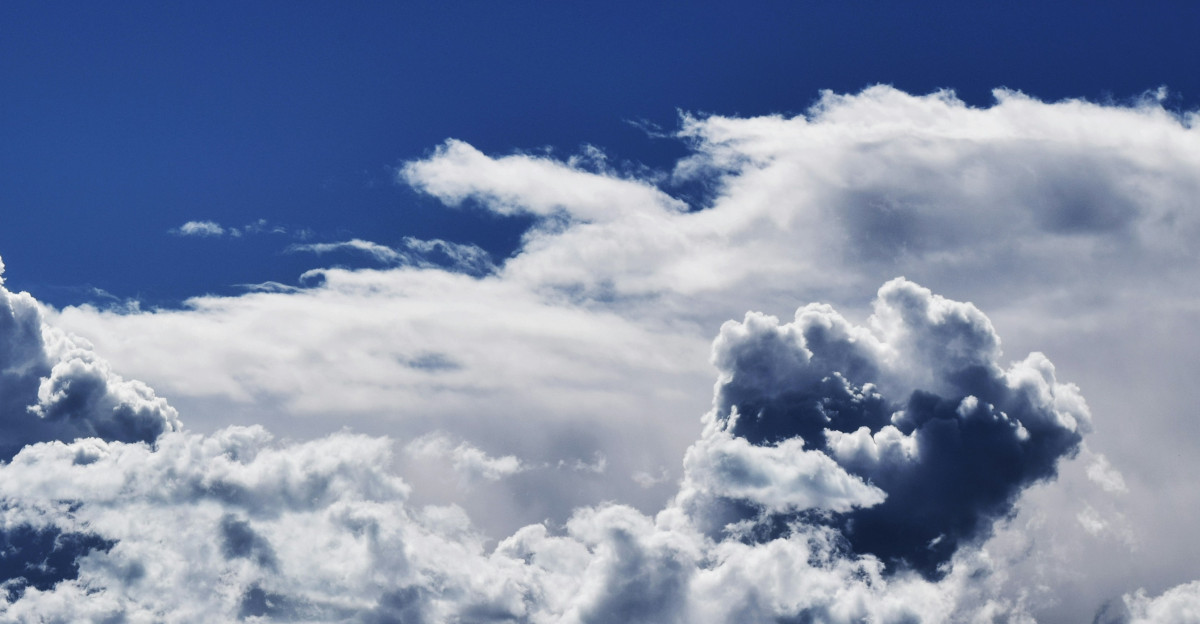
Miller explains that strong winds from late fall and early winter storms will likely disrupt surface warmth by mixing cooler deep water. Since this summer anomaly is probably confined to shallow layers, atmospheric changes should cause dissipation through vertical mixing and heat loss. However, the timing and effectiveness of this natural cooling process remain completely uncertain.
Climate Researcher Warns of Altered Winter Storm Patterns
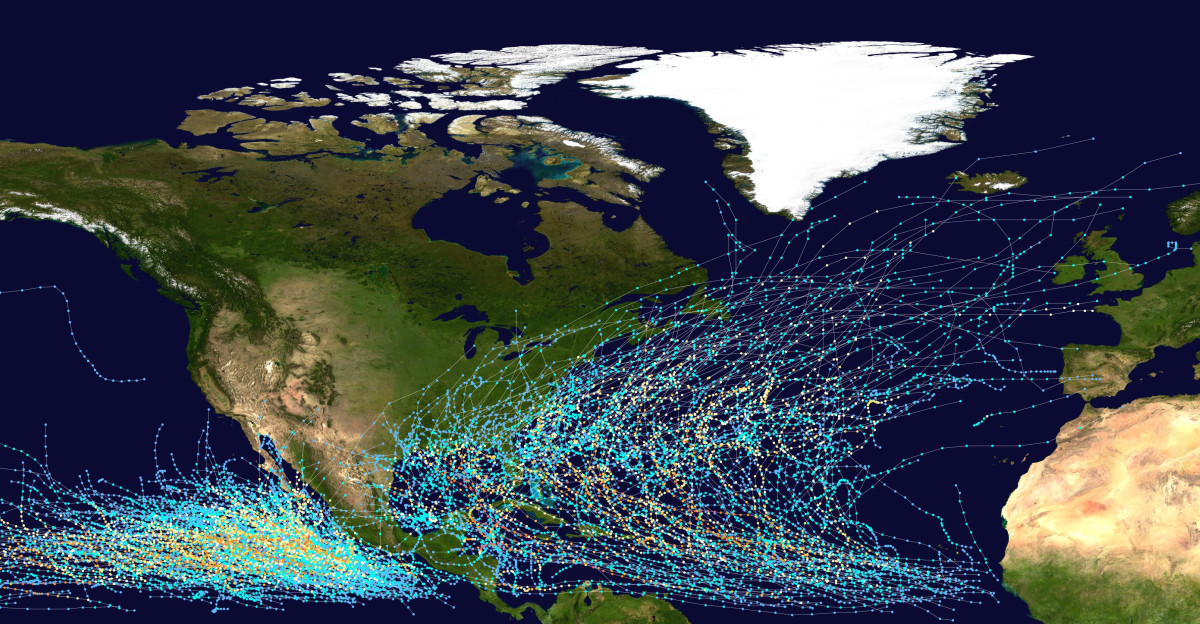
UCLA climate researcher Daniel Swain notes this oceanic heat wave may alter winter storm trajectories linked to the jet stream. The same meandering jet stream behavior plays a role in extreme winter weather, including polar air intrusions and severe winter storms. Research shows warmer Pacific waters can alter atmospheric circulation patterns, affecting regions thousands of miles from the ocean.
Current Heat Wave Highlights Urgent Need for Marine Conservation Strategies
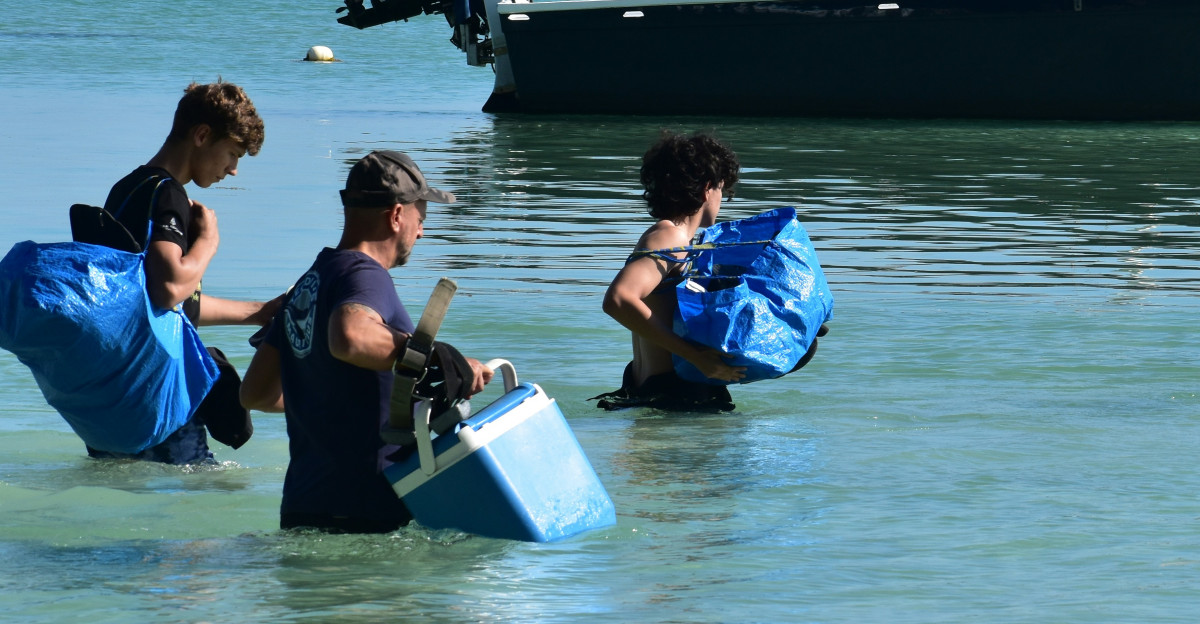
Government agencies are developing frameworks to better predict and respond to marine heat wave events before widespread damage occurs. Science Daily reports that this Pacific marine heat wave provides a critical example of climate change’s impacts on ocean life. The situation underscores the urgent need for proactive, ecosystem-based marine conservation strategies and stronger climate change mitigation measures.
Marine Heat Waves Could Become 41 Times More Frequent by Century’s End

Researchers warn that without major curbs on planetary warming, such events will become 41 times more frequent by 2100. Science journal studies indicate the western tropical Pacific and Arctic oceans would be hardest hit. Heat waves typically last more than 100 days with maximum temperatures 2.5°C above average, probably pushing marine organisms to their resilience limits.
Previous Blob Events Caused Hundreds of Millions in Fishery Losses
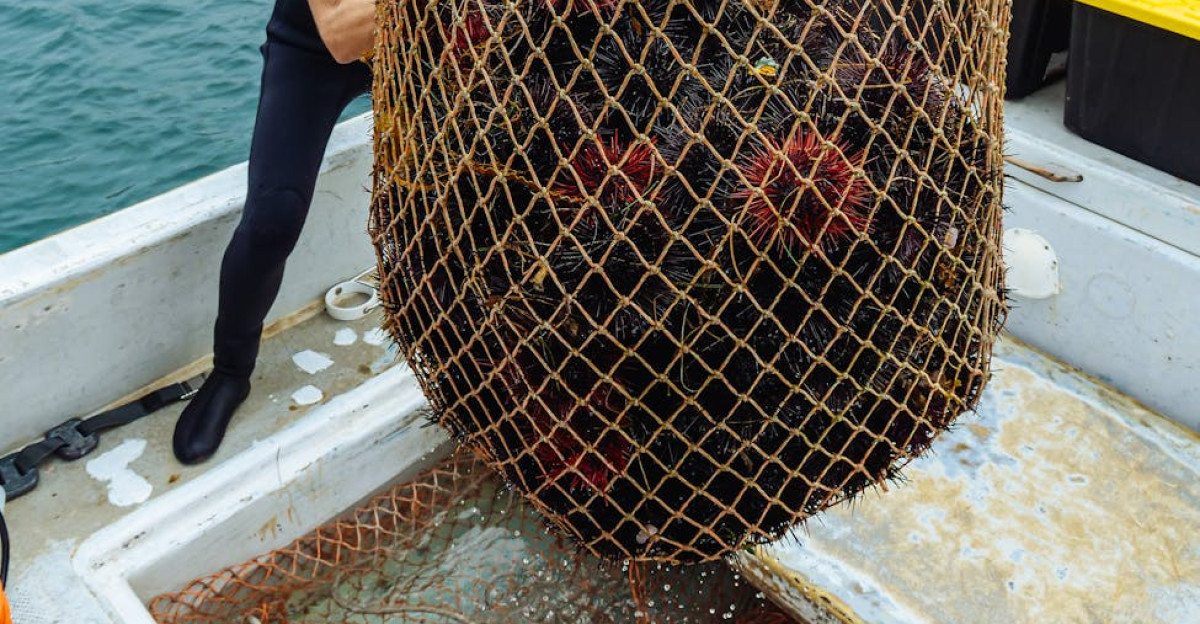
Science Daily reports that the closure of multiple fisheries during previous blob events caused hundreds of millions in losses. Abalone fisheries closed for safety and stock protection in 2018 and haven’t fully reopened. Local divers who once harvested prized dinners now organize volunteer sea urchin culls to give kelp forests a fighting chance for recovery.
Coastal Communities Face Fundamental Shift in Marine Ecosystem Relationships
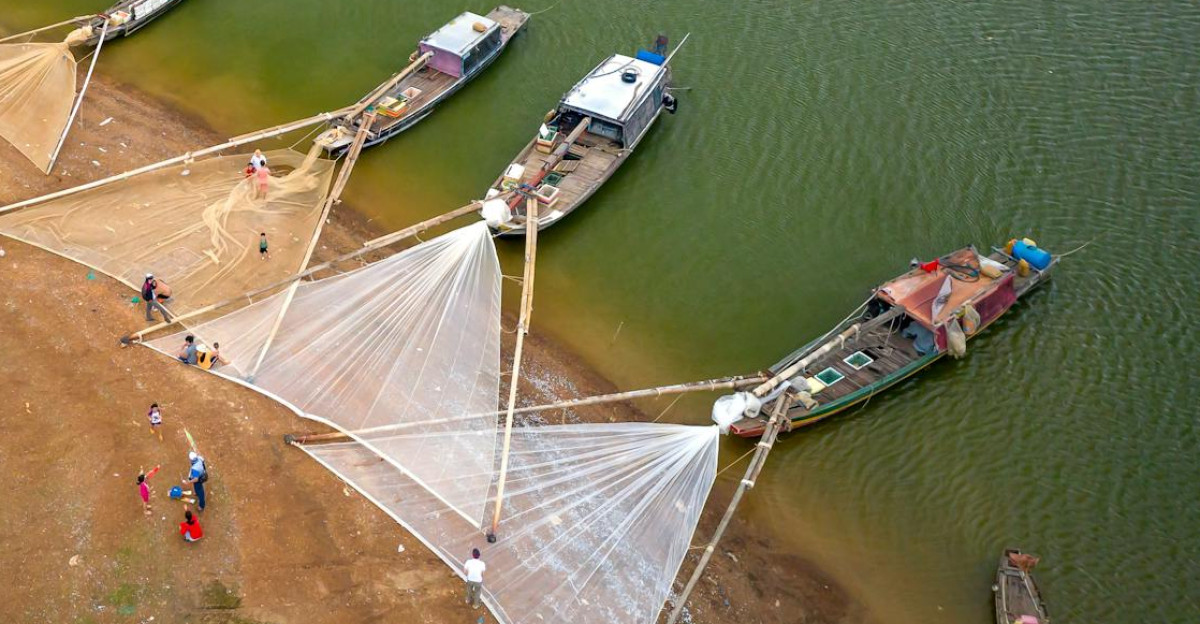
The frequency and intensity of marine bird mortality events are increasing in lockstep with ocean warming patterns. Marine heat waves are no longer rare outliers, with global frequency jumping sixfold since the 1980s and lasting much longer. Oceanographic Magazine notes that this represents a fundamental shift from viewing such events as unusual to accepting them as climate reality.
Climate Scientists Warn Blob Temperatures Will Become Normal by 2050
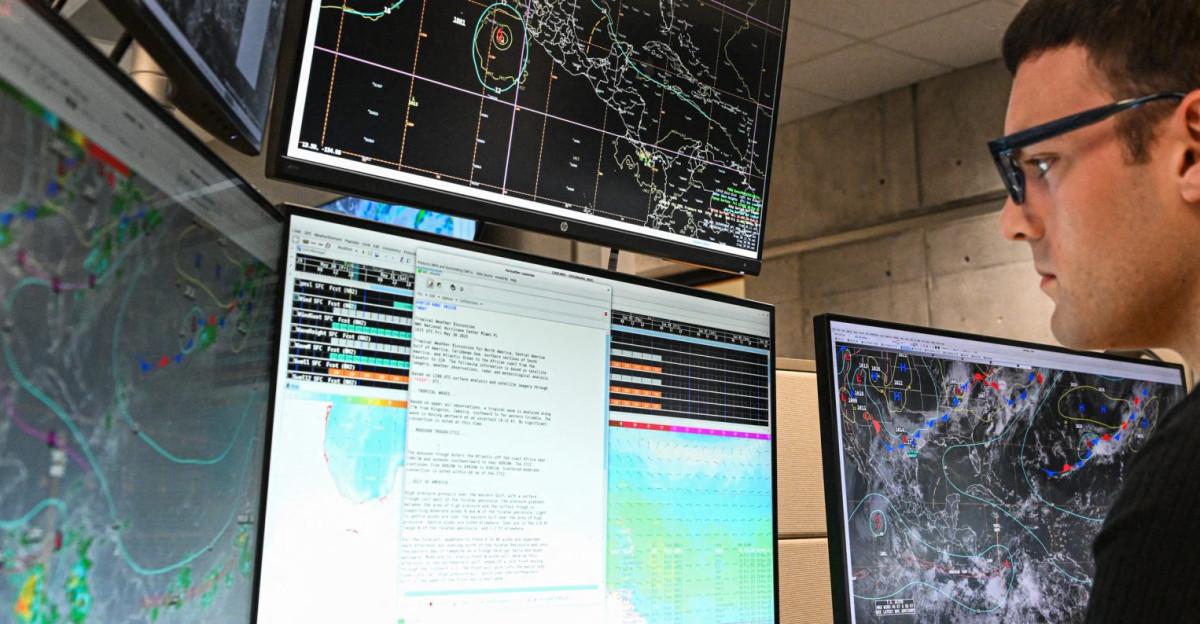
By 2050, without significant planetary warming curbs, average Northeast Pacific temperatures will likely be 1-2°C above historic levels. Science journal research suggests blob-like temperatures will become typical rather than exceptional. Climatologist Nick Bond warns: “When we have a marine heat wave in 2050, it’s going to be in uncharted territory,” signaling a shift to permanently altered ocean conditions.